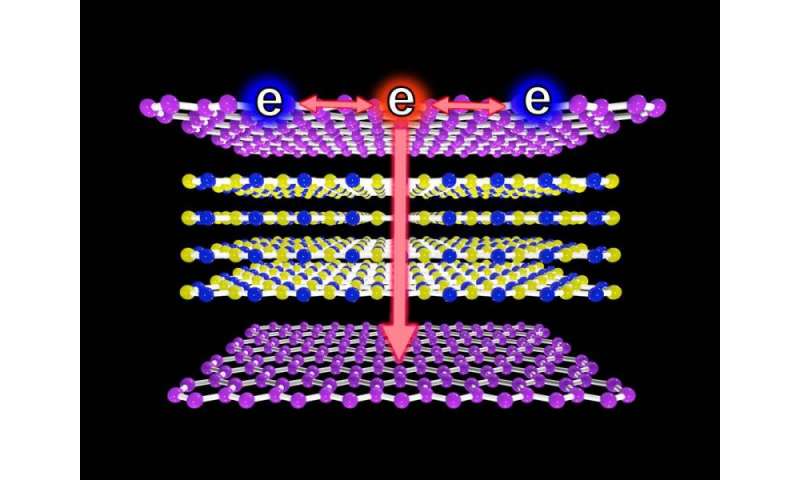Best of Last Week—Explanation for heat loss in fusion reactors, a real ninth planet and garlic reducing arterial plaque

(ScienceX)—It was another good week for physics as a team of researchers in the U.S. reported a new finding that may explain heat loss in fusion reactors—the degree of interacting turbulence at the tiniest scale accounting for mismatches between experiments and theory. Also another team of researchers developed a means for watching electrons cool in 30 quadrillionths of a second—by creating a sandwich device of combined single layers of graphene with thin layers of insulating boron nitride.
In space news, a team of researchers at Caltech made headlines by announcing that they had found evidence of a real ninth planet—using mathematical modeling and computer simulations. They have not actually seen it yet, but other bodies in the area appear to be reacting to something planet-like. Also a team at The Australian National University suggested that outer space aliens are silent because they're dead—because they did not evolve quickly enough to withstand a rapidly changing climate.
In other news, a pair of researchers, one with the New University of Lisbon, and the other with Durham University, conducted a phylogenetic analyses that suggested fairy tales are much older than thought—many of them appear to go back several thousand years. Also, another team at MIT conducted a study that found that human-made aerosols exert a strong influence on the geography of precipitation—by reflecting sunlight or increasing the reflectivity of clouds. Also a team at the University of Central Missouri announced that a new largest prime number had been found by one of their computers. And a team of researchers at the Salk Institute found that the memory capacity of the brain is 10 times more than previously thought—by noting the size of neural connections. Also a combined team of researchers from UC Davis and the University of Calgary conducted a study and found that zebra stripes are not for camouflage.
And finally, if you are someone who is worried about dying from a heart attack or stroke, there was good news—a new study showed that aged garlic extract can reduce dangerous plaque buildup in arteries. Perhaps all that is needed is adding the supplement found at most any health food store to the diet on a regular basis.
© 2016 ScienceX